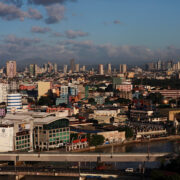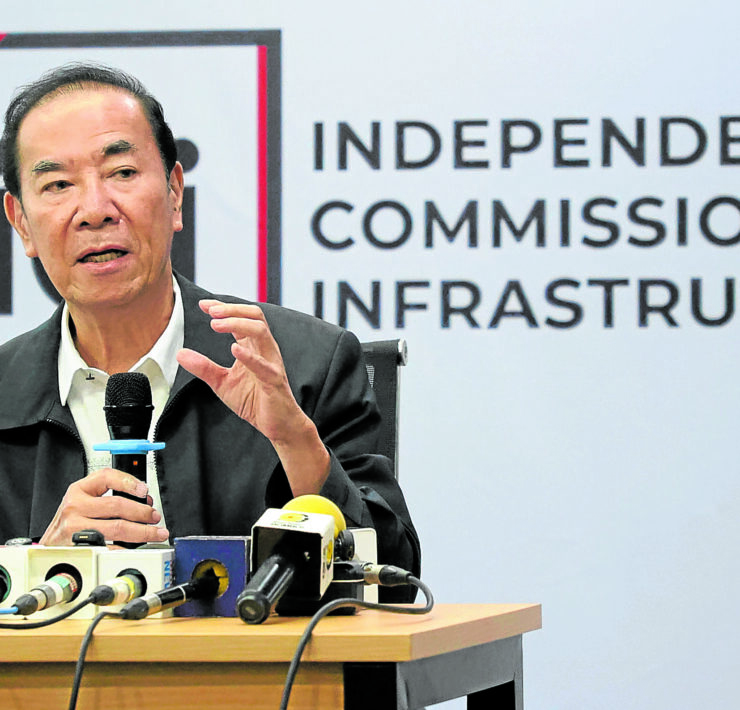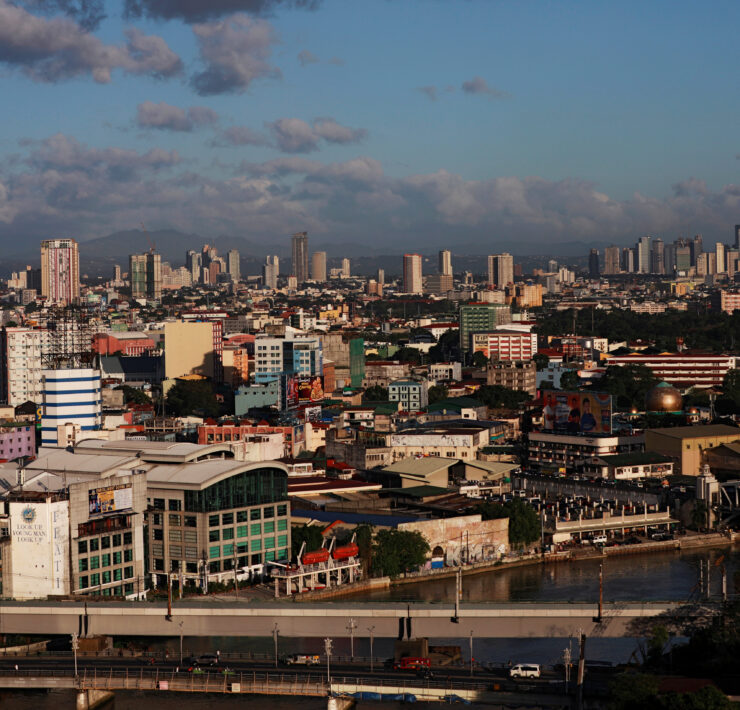Bulacan town still deep in flood amid sunny weather

CALUMPIT, Bulacan—Floodwaters as deep as 1.8 meters (6 feet) continued to submerge most of Calumpit’s 29 barangays despite the sunny weather this week, following two weeks of monsoon rains, a succession of tropical cyclones, and dam discharges.
“The water is receding very slowly,” Enriquito Santiago Jr., head of the Calumpit Municipal Disaster Risk Reduction and Management Office (MDRRMO), told the Inquirer on Friday.
Some of the barangays had been practically “isolated” as the Calumpit-Hagonoy Provincial Road remained impassable to all types of vehicles, Santiago added.
The flood was still about 1.8-meter (6-feet) deep in Barangay Meysulao, while it was around 1.5 meters (5 feet) in adjacent San Miguel. It was 0.6 meters to 1.2 meters (2 feet to 4 feet) in Bulusan, Sta. Lucia, Balungao, San Jose, Meyto, Panducot and Gugo.
From P60 to P200
Meysulao, which borders villages in Pampanga, had experienced persistent flooding throughout the year.
In Barangay San Jose, 19-year-old JhenMark Eleogo, a student at Bulacan State University in Malolos City, said he would have to rely on elongated tricycles, known as “tikling,” to attend classes when school opens on Aug. 8.
The total round-trip fare, he said, had become “a burden” in itself as it increased to P200 from only P60 to P80 before the calamity.
A boat ride from San Jose to Calumpit Crossing would already cost P100. The only other public ride available as of Thursday was a truck from the Philippine Army.
Calumpit serves as the main catch basin for rainfall and floodwaters from the Sierra Madre range in Bulacan, as well as backflooding from Pampanga and Nueva Ecija provinces.
The flooding has increasingly gotten worse during high tides and dam discharges, Santiago said.
Dam factors
“We (at the disaster management office) already know the drill, but life remains difficult. We go to the people every day to bring them food, especially those who are isolated. High tide deepens the water level and dam releases only add to the problem,” he said.
For that past two weeks, Mayor Lhem Faustino had personally overseen aid distribution especially in the most isolated areas, wading through the floodwaters himself.
“We hope the waters will start to recede next week. Ipo Dam stopped releasing water on Thursday. The high tide has also eased, and we’re hoping for a break from the rains,” Santiago said.
Ipo Dam began spilling on July 19 when the water level reached 101.56 meters, exceeding the 101.00-meter limit. Meanwhile, Bustos Dam, which receives water from Ipo, discharged 460 cms at the height of Tropical Storm “Crising” on July 22.
Calumpit recorded five deaths attributed to the flooding: Three of the victims drowned while the other two were electrocuted.
The municipality has been under a state of calamity since July 22.





















